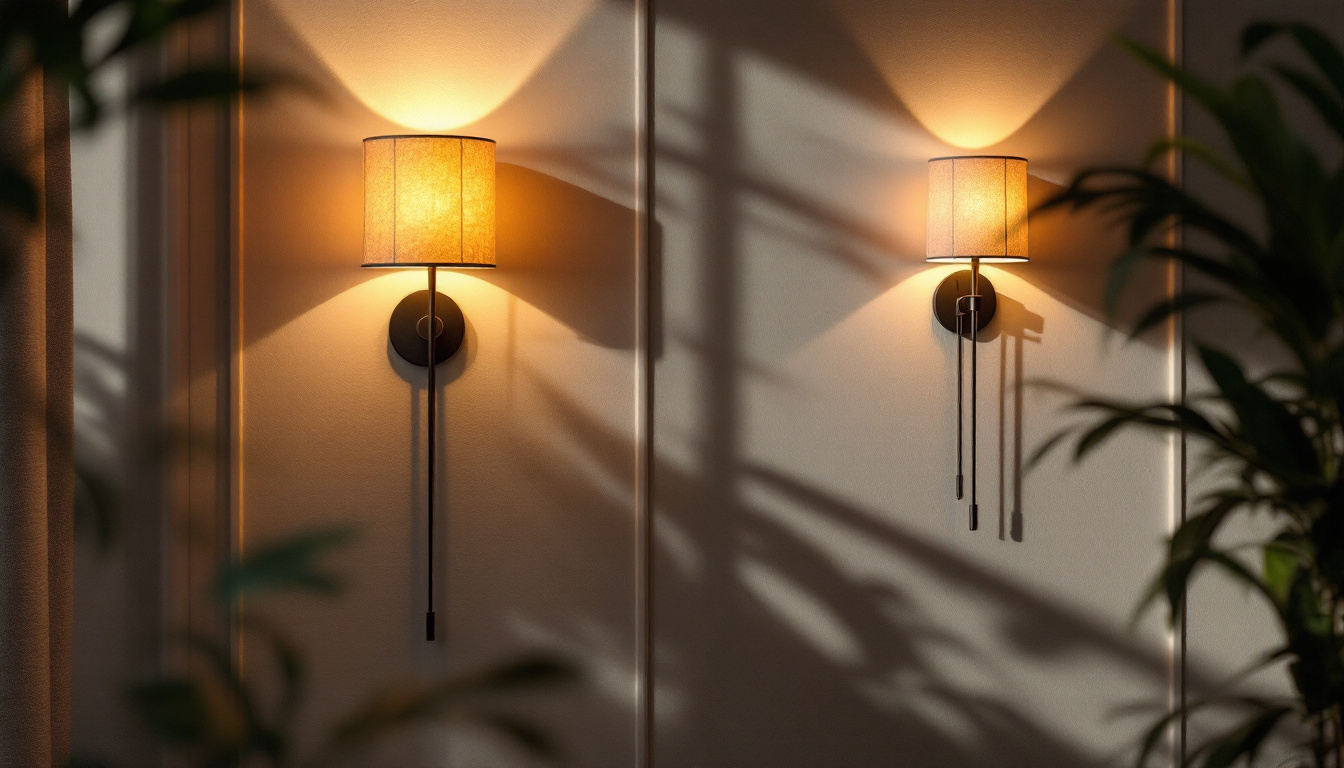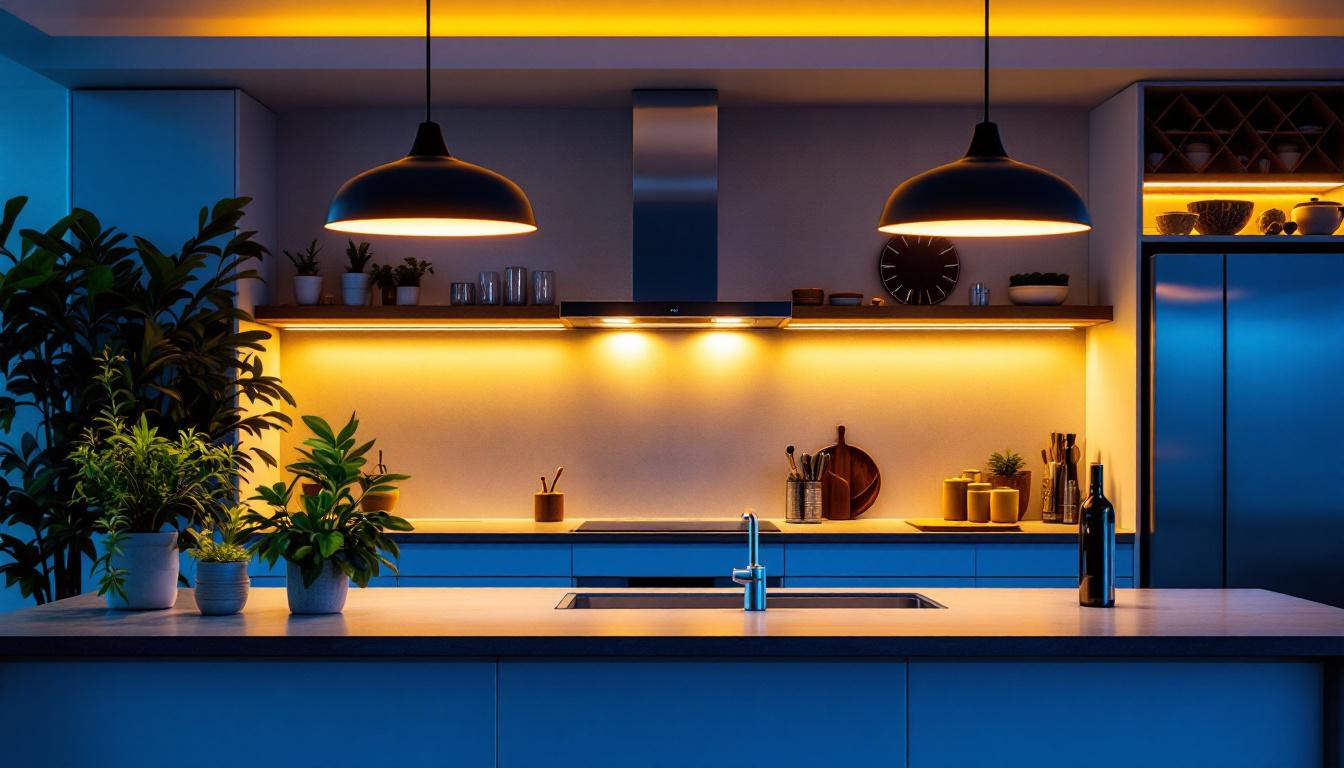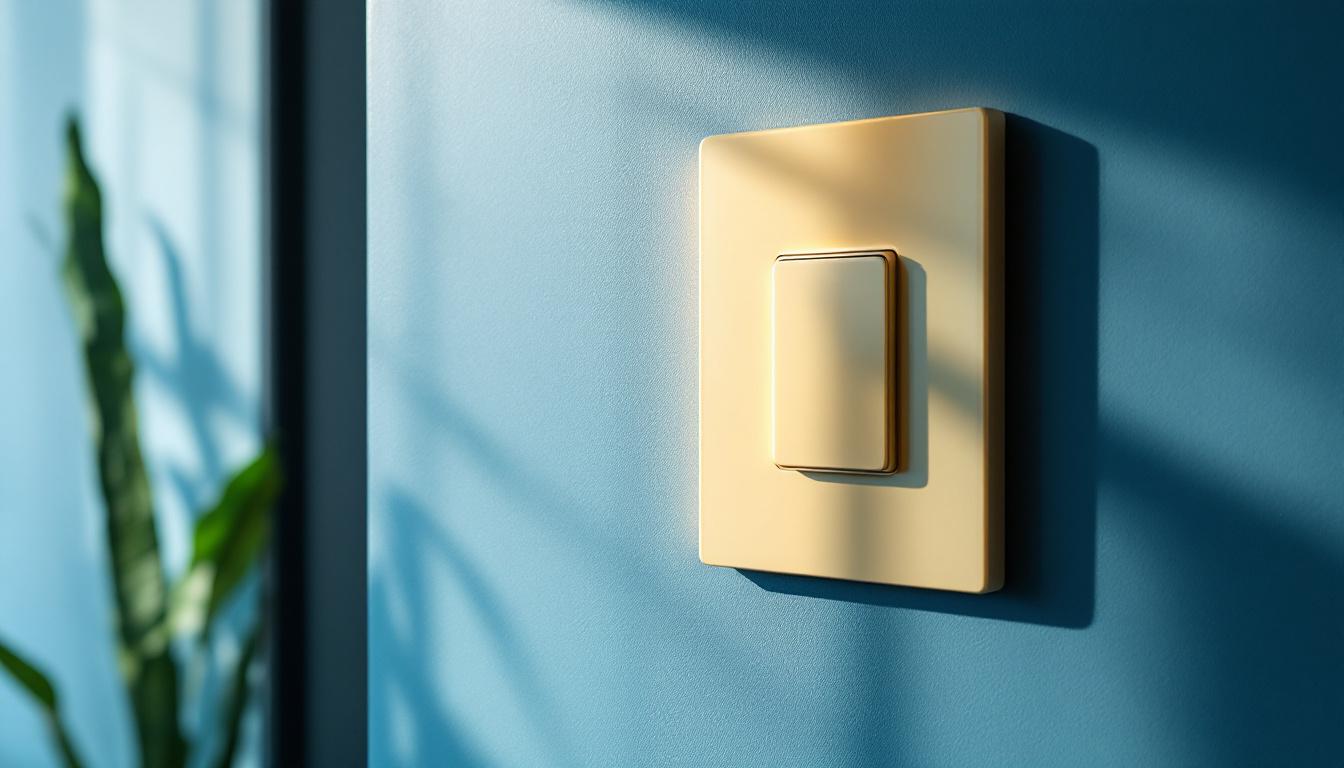
In the world of lighting installations, potlights, also known as recessed lights, have become a staple for both residential and commercial spaces. Their sleek design and ability to provide even illumination make them a popular choice among homeowners and contractors alike. However, understanding the importance of potlights goes beyond aesthetics; they play a crucial role in enhancing functionality, energy efficiency, and overall ambiance. This article delves into the critical aspects of potlights in lighting installations, exploring their benefits, applications, and considerations for effective implementation.
Potlights are fixtures that are installed into a hollow opening in the ceiling, allowing them to be recessed and flush with the surface. This design not only saves space but also creates a clean and modern look. They come in various sizes, shapes, and styles, making them versatile for different applications. The technology behind potlights has evolved significantly, with advancements in LED lighting providing even more options for energy efficiency and longevity. These modern LEDs not only consume less power but also emit less heat, making them safer and more sustainable for long-term use.
There are several types of potlights available on the market, each designed for specific purposes. The most common types include:
The advantages of using potlights in lighting installations are numerous. They not only enhance the visual appeal of a space but also contribute to its functionality and energy efficiency.
One of the primary benefits is the ability to create a seamless look. Since potlights are recessed, they do not protrude from the ceiling, allowing for an unobstructed view and a more spacious feel. This is particularly advantageous in smaller rooms or areas with low ceilings.
Furthermore, potlights can be strategically placed to provide optimal illumination. Whether used for general lighting, task lighting, or accent lighting, they can be arranged to highlight specific areas, ensuring that spaces are well-lit and inviting. The flexibility in design also means that homeowners can choose from a variety of color temperatures, allowing for customization of the ambiance. Warm white lights can create a cozy atmosphere in living spaces, while cooler tones are ideal for work areas, enhancing focus and productivity.
Additionally, potlights can be integrated with smart home technology, enabling users to control brightness and color settings remotely via smartphone apps or voice commands. This modern convenience not only enhances the user experience but also allows for energy savings by adjusting lighting based on occupancy or time of day. As a result, potlights are not just a functional lighting solution; they are also a stylish and tech-savvy choice for contemporary homes.
Potlights are incredibly versatile and can be used in a variety of settings. From residential homes to commercial buildings, their applications are virtually limitless.
In residential settings, potlights can transform a home’s interior. They are commonly used in living rooms, kitchens, and bathrooms. In kitchens, for example, potlights can illuminate workspaces, making meal preparation safer and more efficient. In living rooms, they can create a cozy atmosphere by providing soft, ambient light.
Moreover, potlights can be used to highlight architectural features such as crown molding or built-in shelves. By directing light toward these elements, homeowners can enhance the overall aesthetic of their space. This not only adds a touch of elegance but also allows for creative expression through lighting design. For instance, dimmable potlights can be adjusted to create different moods, whether it’s a bright, lively gathering or a quiet, intimate evening at home.
Additionally, potlights can be strategically placed in hallways and entryways to ensure safety and visibility. They can also be used in bedrooms to provide focused lighting for reading or other activities, making them a practical choice for multi-functional spaces. The seamless integration of potlights into the ceiling can also contribute to a clean and modern look, eliminating the need for bulky fixtures that can disrupt the flow of a room.
In commercial environments, potlights serve both functional and branding purposes. Retail stores often use them to spotlight merchandise, drawing attention to specific products and creating an inviting shopping experience. In office spaces, potlights can provide adequate lighting for work areas, reducing eye strain and improving productivity.
Additionally, potlights can be integrated into conference rooms and meeting spaces to create a professional atmosphere. The ability to adjust the brightness and direction of the light allows for flexibility in setting the right mood for presentations or discussions. This adaptability is crucial in environments where different activities require varying levels of illumination, such as brainstorming sessions or formal meetings.
Furthermore, potlights can enhance the overall design of commercial spaces by complementing the decor and branding of a business. For example, a restaurant might use warm-toned potlights to create a welcoming ambiance, while a tech startup might opt for cooler, brighter lighting to foster a dynamic and innovative environment. The strategic use of potlights can also help in energy efficiency, as many modern potlights are designed to accommodate LED bulbs, which consume less energy and have a longer lifespan compared to traditional lighting options.
As energy efficiency becomes increasingly important, potlights equipped with LED technology offer a sustainable solution for lighting installations. LED potlights consume significantly less energy compared to traditional incandescent or halogen bulbs, resulting in lower electricity bills and reduced environmental impact.
Another advantage of LED potlights is their longevity. While traditional bulbs may need to be replaced frequently, LED lights can last for years, reducing maintenance costs and the frequency of replacements. This durability makes them an attractive option for both contractors and clients looking to invest in long-term solutions.
Furthermore, many modern potlights can be integrated into smart home systems, allowing users to control their lighting remotely or through voice commands. This level of control not only enhances convenience but also promotes energy savings by enabling users to turn off lights when they are not needed.
While potlights offer numerous benefits, proper installation is critical to their effectiveness. Contractors must consider several factors to ensure optimal performance and safety.
One of the first considerations is the height of the ceiling. Potlights require adequate space for installation, and the distance from the ceiling to the floor can impact the type and number of fixtures needed. For example, higher ceilings may require more powerful lights or additional fixtures to achieve the desired illumination.
Additionally, the layout of the space should be taken into account. Careful planning is essential to avoid dark spots and ensure even lighting throughout the area. Conducting a lighting design assessment can help determine the best placement for potlights.
Electrical requirements are another critical aspect of potlight installation. Ensuring that the existing wiring can support the new fixtures is essential for safety and functionality. Contractors should assess the electrical load and make any necessary upgrades to accommodate the new lighting.
Moreover, compliance with local building codes and regulations is crucial. This includes ensuring that potlights are installed in accordance with fire safety standards, especially in areas where insulation is present.
When it comes to designing a lighting scheme that incorporates potlights, there are several tips to keep in mind to achieve the best results.
A layered lighting approach is highly effective in creating a well-balanced and inviting atmosphere. Combining potlights with other lighting sources, such as floor lamps or pendant lights, can enhance the overall design and functionality of a space. This approach allows for flexibility in adjusting the lighting based on the time of day or the specific activities taking place.
Choosing the right color temperature for potlights is also essential. Warm white light (around 2700K) can create a cozy and inviting atmosphere, making it ideal for living rooms and bedrooms. In contrast, cooler white light (around 4000K) is better suited for task-oriented spaces like kitchens and offices, where clarity and focus are paramount.
Despite the many advantages of potlights, there are challenges that contractors may encounter during installation and maintenance. Understanding these challenges and having solutions in mind can streamline the process.
One common challenge is heat management. Potlights, especially those that use traditional bulbs, can generate significant heat, which may pose a fire hazard if not properly managed. To address this, it is crucial to select fixtures designed for insulation contact (IC-rated) to prevent overheating.
Additionally, ensuring proper ventilation in the installation area can help dissipate heat effectively. This may involve using air channels or installing potlights in areas with adequate airflow.
Another challenge is accessibility for maintenance. Potlights that are installed in high ceilings or hard-to-reach areas may require special tools or equipment for bulb replacement or repairs. Planning for accessibility during the installation phase can save time and effort in the long run.
Potlights are a critical component in modern lighting installations, offering a blend of functionality, aesthetics, and energy efficiency. Their versatility makes them suitable for a wide range of applications, from residential to commercial settings. By understanding the benefits, applications, and considerations involved in potlight installation, contractors can provide clients with effective lighting solutions that enhance their spaces.
As the demand for energy-efficient and sustainable lighting continues to grow, potlights equipped with LED technology will remain at the forefront of lighting design. With proper planning, installation, and maintenance, potlights can significantly improve the quality of light in any environment, creating spaces that are not only well-lit but also inviting and functional.
Ready to elevate your lighting installations with the efficiency and elegance of potlights? Look no further than LumenWholesale for all your lighting needs. We provide contractors with the highest quality, spec-grade lighting products at competitive wholesale prices. Our extensive selection is designed to meet the most rigorous industry standards, ensuring you have access to reliable and high-performance lighting solutions for every project. With the added benefits of bulk buying, free shipping, and no hidden fees, LumenWholesale is your go-to source for premium lighting without the premium price tag. Discover the perfect combination of quality, affordability, and convenience. Visit LumenWholesale today for wholesale lighting at the best value, and brighten your spaces with confidence.

Discover the common pitfalls lighting contractors face when installing under unit kitchen lights.

Discover expert insights on choosing and installing sconce lights with ease.

Discover the essential insights into LED overhead lights for kitchens with our comprehensive guide.

Discover why the Light Swich is an essential tool for any lighting project.